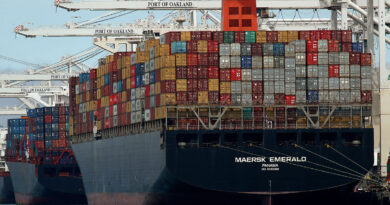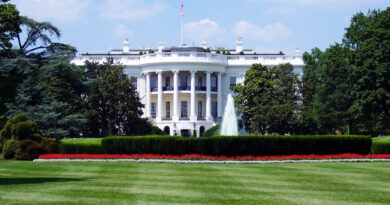Capacity for Ocean Vessels Port of LA/Long Beach
There are many recent news stories/posts discussing the record breaking vessel surge at the Los Angeles and Long Beach Ports.
Rail infrastructure reported to the tune of $1billion is planned to improve outflow. Terminals going to 24 hours and local transload and warehousing adjusting where they can. Peak Season is in full force with certainly more records to break.
Physical limitations have untold stories. The local bay can only handle about 35 anchor slots as the shelf for anchor drops drastically outside the physical bay.
Some sources are listing the total of anchored and drifting at 71 vessels of all sizes.
According to port regulations, the standard spacing away from other ships is listed at 450 yards (411 meters), or 1 quarter mile.
There are a hand full of anchorages in each of 3 harbor designations: Inner harbor, Middle and Outer Harbor that are managed by the Captain of the Port.
The port has published the current and historical stats here:
If a vessel has the opportunity to be in port, they can turn off the diesel electric generation that is required for electric needs on ship for navigation (lighting, radar, etc.) by doing something called “cold ironing.” The vessels plug in while docked and take shore power to do this function.
In lieu of an anchor, the vessels outside the bay must “drift” but still be idling and running the aformentioned diesel electric [aka polluting] and contribute to the Los Angeles area smog issue.
In addition to the idling issue is the cost of recent charter pricing. Some reports are claiming that the chartermarket is at $200,000.00 per day for panamax size vessels meaning that sitting at anchorage can add up financially.
Good news on the horizon is that per Freightos Baltic Index (FBX/Shanghai) has the Average Asia to US West Coast dropping 7% to $19,182 per FEU.
Secondary services of dray and warehousing remain at capacity and the cost of FTL out of the corridor is at record prices.




